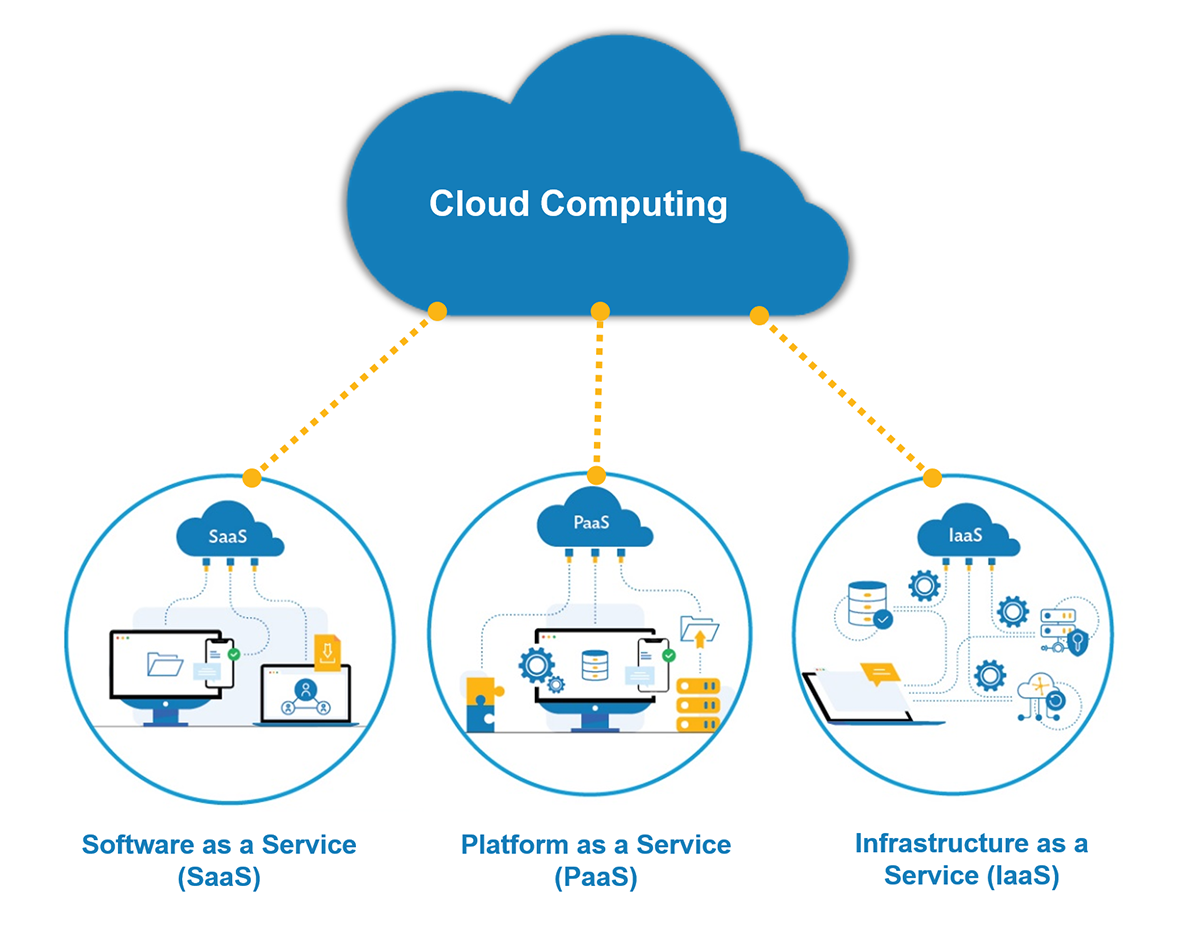Discover LinkDaddy Cloud Services for Universal Cloud Service Success: Press Release Insights
Discover LinkDaddy Cloud Services for Universal Cloud Service Success: Press Release Insights
Blog Article
Simplify Your Framework With Cloud Provider
As services browse the ever-evolving landscape of innovation and data management, the function of cloud solutions in streamlining facilities has actually become significantly famous. How can organizations efficiently navigate this change and genuinely unlock the possibility of cloud services for simplifying their framework?
Advantages of Cloud Services
Cloud services provide a structured approach to managing IT framework, offering organizations with adaptability, scalability, and cost-efficiency. One of the key advantages of cloud solutions is the scalability they use.
Furthermore, cloud services remove the demand for businesses to spend in pricey equipment and software. This cost-efficiency is a significant benefit, especially for tiny to medium-sized ventures looking to decrease ahead of time expenses. By utilizing cloud solutions, services can access high-grade IT resources without the significant price connected with conventional infrastructure arrangements.
Additionally, cloud services supply businesses with the versatility to access their data and applications from anywhere with a web connection. This level of accessibility boosts partnership amongst teams, allows remote work, and raises general efficiency. The adaptability supplied by cloud services equips businesses to adapt rapidly to transforming market conditions and customer demands.
Cost Financial Savings and Scalability
In addition to the operational benefits highlighted earlier, the integration of cloud services right into a business's infrastructure comes up with significant price financial savings and boosted scalability. Cloud solutions offer a pay-as-you-go design, enabling businesses to scale resources up or down based on present requirements, consequently staying clear of the prices linked with maintaining excess capacity. This flexibility enables companies to adapt quickly to varying demands without sustaining unneeded expenditures.
Additionally, cloud services get rid of the need for ahead of time financial investments in equipment and software application, reducing capital investment. Operating budget are likewise minimized as firms no more require to handle and maintain physical servers, bring about lower power usage and IT staffing expenses. In addition, cloud solutions supply automated updates and maintenance, making sure that the infrastructure stays updated and secure without needing hand-operated interventions.
Enhanced Safety And Security Steps
When integrating cloud solutions into a firm's infrastructure to guard delicate information and make certain compliance with sector policies,Carrying out rigorous security procedures is critical. Cloud provider provide enhanced security features such as data encryption, firewall defense, and multi-factor verification to reduce cybersecurity threats. Encryption aids shield data both at rest and en route, making certain that only authorized individuals can access delicate details. Firewall softwares serve as an obstacle between exterior threats and interior networks, surveillance and regulating outward bound and inbound network web traffic. Multi-factor verification adds an added layer of security by calling for users to give multiple forms of verification before accessing the cloud solutions.
In addition, regular safety audits and compliance assessments aid make certain and determine susceptabilities adherence to industry criteria. Companies can also take advantage of functions like computerized security updates image source and real-time threat tracking offered straight from the source by cloud company. By focusing on safety procedures and staying positive in resolving prospective threats, companies can confidently take advantage of cloud services while safeguarding their beneficial data from unauthorized gain access to or breaches.
Transitioning to Cloud Facilities
To efficiently integrate cloud services right into a firm's infrastructure, a structured strategy that attends to the shift in the direction of cloud-based services is important. Transitioning to cloud facilities entails careful planning and implementation to ensure a smooth migration process - linkdaddy cloud services.
As soon as the evaluation is total, a migration technique need to be developed. This technique should outline the timeline, resources, and obligations for relocating each element to the cloud. It is necessary to interact this plan plainly to all stakeholders to guarantee placement and reduce interruptions during the change.
During the migration monitoring, procedure and screening are critical to determine and address any type of concerns quickly. Regular checkpoints ought to be established to track progression and make required adjustments. Furthermore, training for workers on using cloud services must be supplied to guarantee an effective transition and take full advantage of the benefits of the new infrastructure.
Ideal Practices for Cloud Fostering
Successful adoption of cloud services depends upon the critical alignment of service goals with technological capabilities and organizational readiness. To ensure a smooth shift to the cloud, organizations ought to start by carrying out a detailed assessment of their existing infrastructure and recognizing which workloads are best suited for cloud migration. It is critical to involve essential stakeholders from different divisions in the decision-making procedure to obtain buy-in and attend to any concerns early on.
Another ideal practice for cloud fostering is to prioritize security and compliance. Organizations needs to carefully evaluate the safety actions used by cloud provider view it now and make sure that their data is secured according to sector requirements and regulatory demands. Executing robust data file encryption, access controls, and regular safety and security audits can help reduce threats related to cloud fostering.

Verdict

As services navigate the ever-evolving landscape of innovation and data monitoring, the role of cloud services in streamlining infrastructure has actually come to be significantly popular - Cloud Services. Just how can services efficiently browse this shift and genuinely open the potential of cloud services for simplifying their framework?
Cloud solutions use a structured approach to managing IT infrastructure, giving companies with flexibility, cost-efficiency, and scalability. By using cloud solutions, services can access high-quality IT sources without the hefty price tag connected with standard framework setups.
To make certain a smooth transition to the cloud, organizations ought to begin by conducting a thorough analysis of their present framework and recognizing which work are best fit for cloud migration.
Report this page